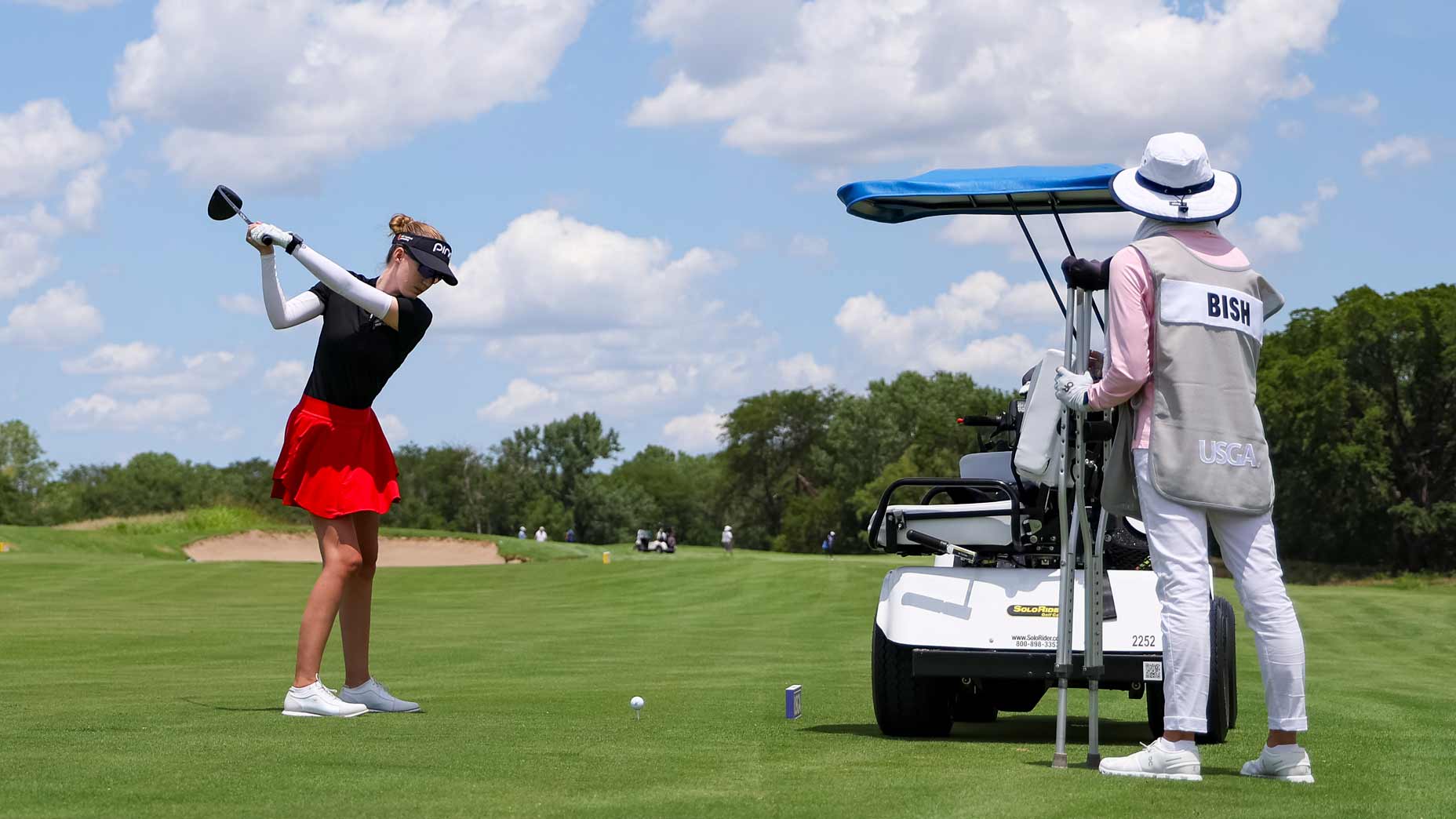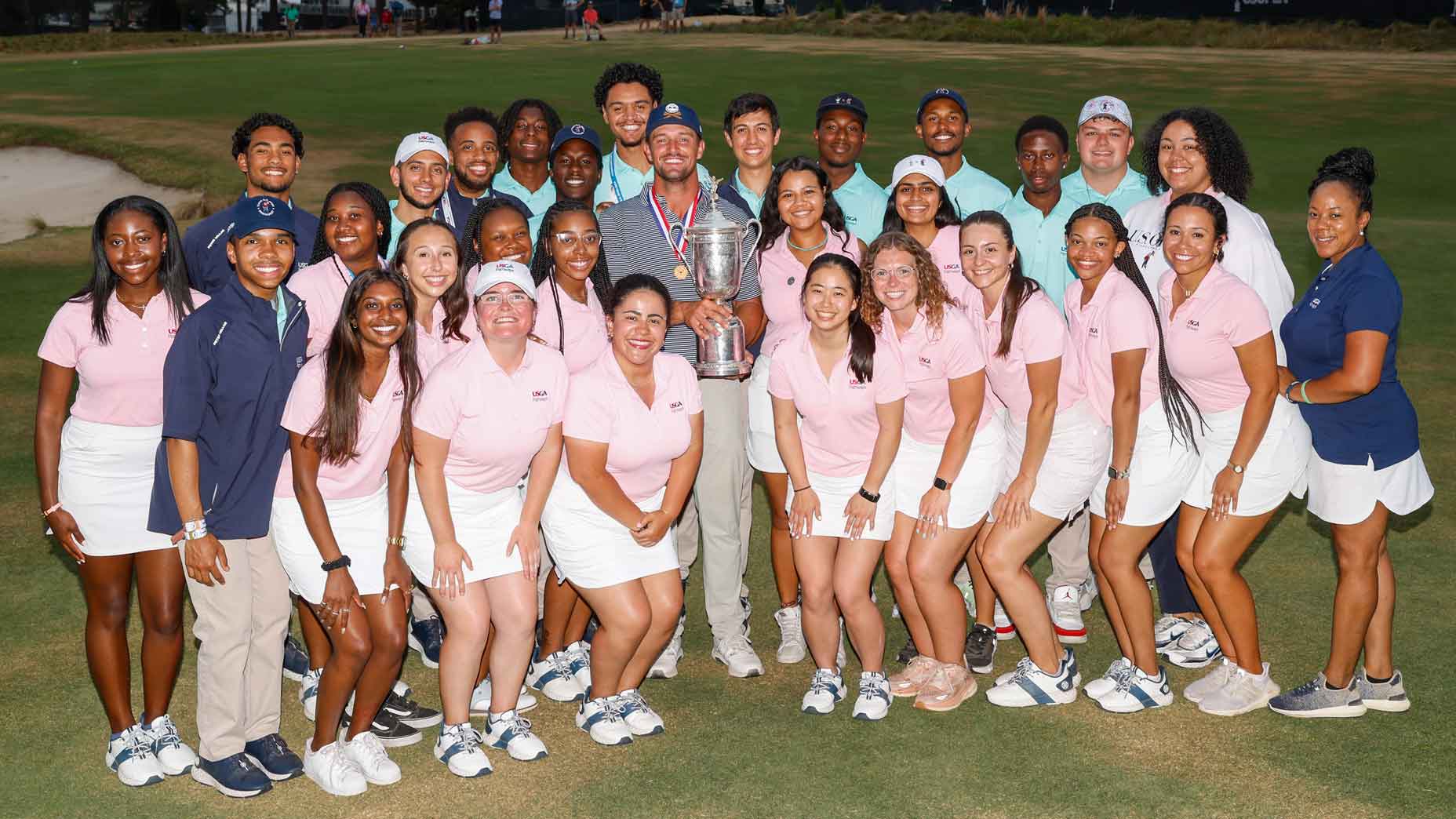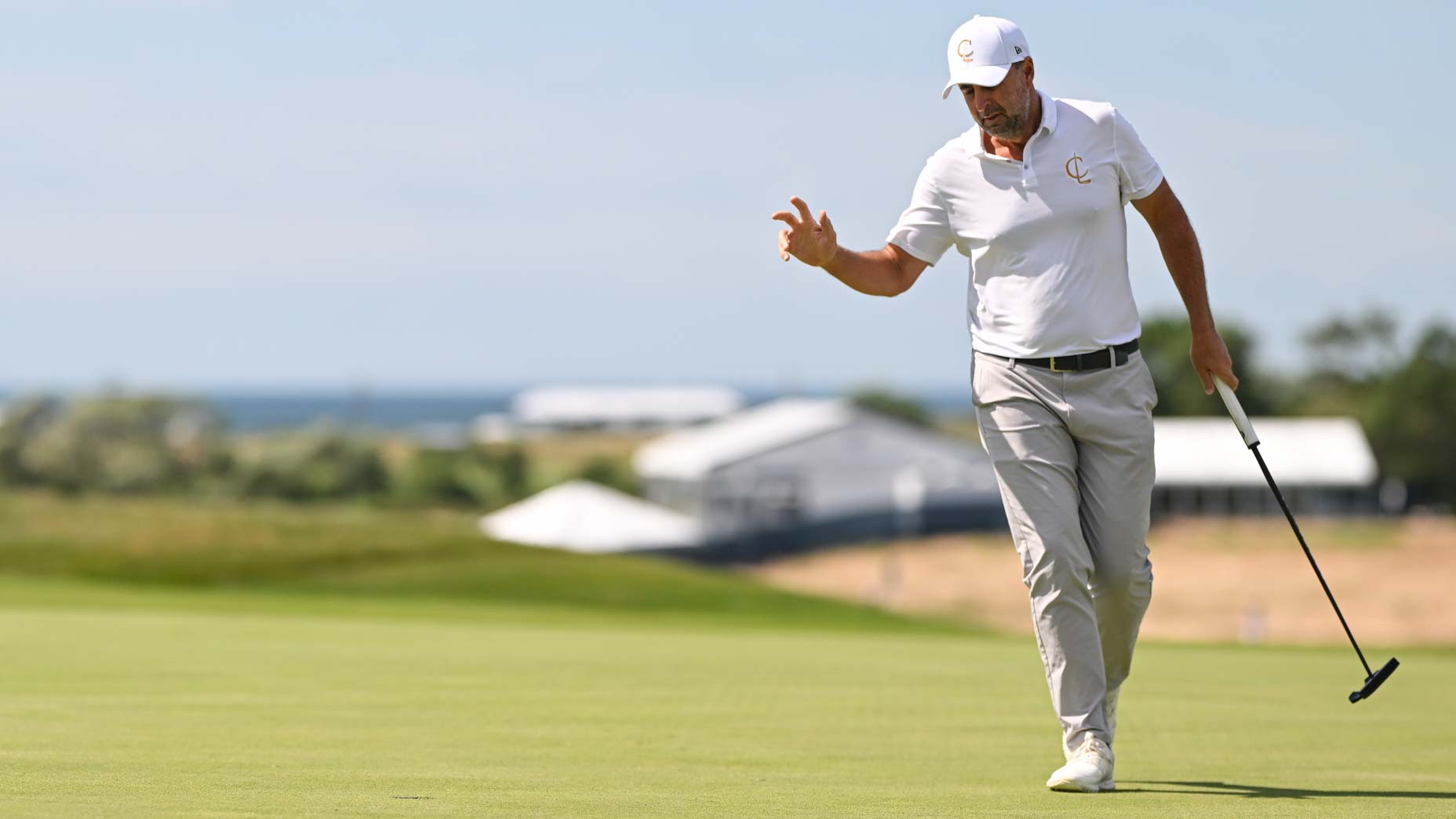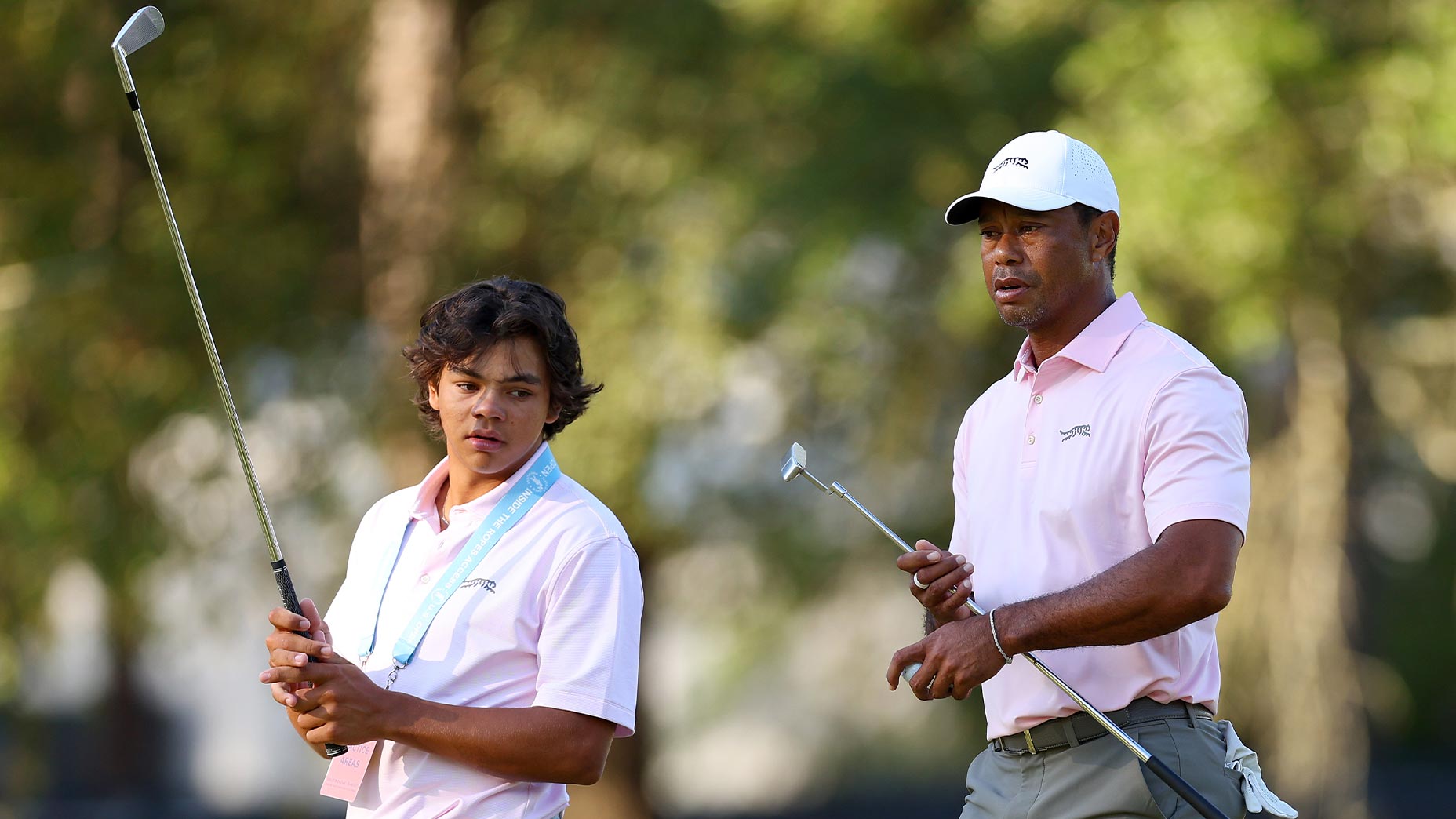5 things every golfer needs to know about the golf-ball rollback plan
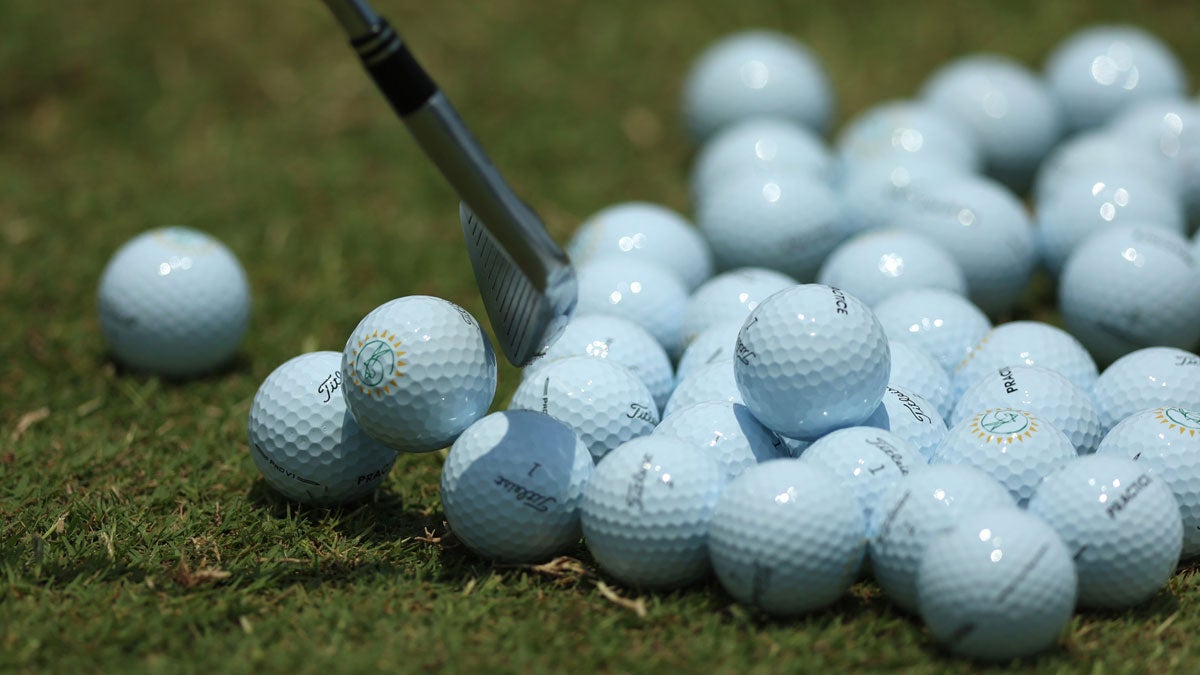
The golf-ball rollback is coming. Here's what you need to know.
Getty Images
It’s official, your tee shots are about to start flying a little shorter. In a joint statement Wednesday morning, the USGA and the R&A announced a new testing standard for golf balls that will roll them back for all golfers, not just the game’s best players.
The new standard calls for a change in ball-testing parameters (increase in clubhead speed, lower spin and launch), but not the maximum distance balls can travel. All balls made after January 1, 2028, will need to pass this new standard to be considered conforming.
You can read more about the specific changes and more about what led to the decision here. But for everyday golfers-on-the-go, we’ve boiled down the golf-ball rollback to 5 essential things you need to know.
5 things every golfer should know about the golf ball rollback
1. It disproportionally affects the game’s longest players more
Just because Rory McIlroy will hit the ball between 13-15 yards shorter with the new golf ball doesn’t mean you will, too.
While many rumors in the lead-up to the announcement suggested a proportional rollback with an approximately 5 percent reduction in distance for everyone, the USGA’s data analysis claims the impact across skill levels will be more nuanced.
While the game’s longest players, including McIlroy and others, will see a reduction in driver distance between 13-15 yards, “average professional tour and elite male players” will only see a loss of about 9-11 yards, according to the USGA release. The average LET or LPGA player will see even less of a reduction, just 5-7 yards.
Meanwhile, at the recreational level, where average swing speeds are 93 mph for men and 72 mph for women, according the governing bodies’ data, the expected loss in distance is just five yards or less. By comparison, the average PGA Tour swing speed in 2023 was 115.06 mph, while the leader in the category was averaging 126.33 mph.
2. The game will be bifurcated…temporarily
The governing bodies’ initial proposal was to create a Model Local Rule to allow organizers of professional and elite tournaments to decide on requiring balls tested under the standard.
That pitch was met with strong opposition from recreational amateurs, other governing bodies and even pros who argued creating two separate sets of rules for the professional game and the recreational game was against the game’s longstanding tradition, among other things.
Per the new plan, the game will still be bifurcated — but only temporarily, to allow golfers, OEMs and retailers “additional time to adjust.” All balls must conform to the new testing standards as of Jan. 1, 2028, but recreational golfers may continue to use current balls until Jan. 1, 2030. At that point, the new standards will become part of the USGA Rules of Golf.
This is similar to how the USGA implemented new rules for conforming grooves in 2010 but accelerated. Back then, all clubs manufactured in 2010 or later were required to have the new grooves and those clubs were required on the PGA Tour (with one notable exception). It wasn’t until 2014 that the USGA mandated the new grooves be used in its championships and it actually won’t be until 2024 when the old grooves become illegal for recreational play.
3. This isn’t the first rollback
Not only is this not the first time the USGA has utilized a phased implementation like this, but it’s also not the first time the testing conditions for golf-ball conformance have been changed.
The Overall Distance Standard (ODS) was introduced in 1976 and has been updated three times — in 1980, 2002 and 2004. The current test conditions were established in 2004 and mimicked the launch conditions of the longest hitters at the time. That is how the governing bodies came up with 120 mph clubhead speed number for the test.
Before that, the test speed was 109 mph clubhead speed. This update will see it jump to 125 mph.
4. Some golf balls will still be conforming
Rumors started circulating on X that the 1995 Titleist Professional, one of the most widely used golf balls before the Pro V1, would not pass the new USGA testing.
While the USGA did not address those claims, it did confirm that not all golf balls currently on the conforming list would fail the new testing standard.
In fact, per the release, the governing bodies believe more than 30 percent of balls currently on the market would remain conforming.
But Thomas Pagel, the USGA’s chief governance officer, did tell GOLF.com that those ball aren’t the kinds of balls — i.e., Titleist Pro V1, Callaway Chrome Soft and TaylorMade TP5 — the best players typically game.
“These are balls that are developed for recreational golfers, are marketed as recreational offers that are used by recreational golfers,” he said. “And so we say five or less yards [distance loss] on your driver, that that’s a big range, but that’s a big range because it’s player dependent and swing dependent. Frankly, it’s going to be equipment dependent.”
5. The governing bodies will look at driver forgiveness next
In a surprise twist, the governing bodies also announced that their efforts to rein in distance may not end with the golf ball.
Pagel told GOLF.com that the governing bodies have looked at driver forgiveness but that anything done to the driver would have to be done at the elite level only with a Model Local Rule.
“You start messing with forgiveness or M.O.I. (moment of inertia), you start messing with volume, that would disproportionately impact the recreational golfer,” Pagel said.
The second point was that there would be a trickle-down effect in making driver adjustments.
“It can’t just be limited to a driver,” Pagel said. “That actually carries down through. So all of a sudden you’re looking at other woods, hybrids, sometimes driving irons that you would also have to adjust for that Model Local Rule to be meaningful.”
In the announcement, the governing bodies said they would “continue to monitor drivers and explore possible additional options related to distance. Specifically, we will research the forgiveness of drivers and how they perform with off-center hits.”
The governing bodies also said they would be expanding driver testing so they can better detect “driver creep.” This is when a driver meets the maximum characteristic time (C.T.), or time the ball stays on the face of the club, but then becomes illegal as the face wears out. This happened to Xander Schauffele in 2019 and Rory McIlroy earlier this year.




